-
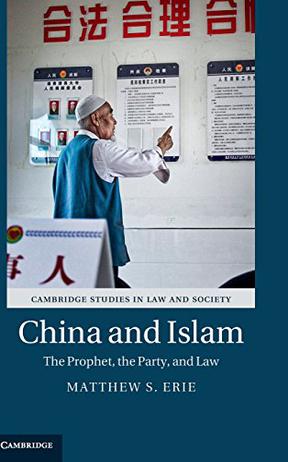
China and Islam
China and Islam examines the intersection of two critical issues of the contemporary world: Islamic revival and an assertive China, questioning the assumption that Islamic law is incompatible with state law. It finds that both Hui and the Party-State invoke, interpret, and make arguments based on Islamic law, a minjian (unofficial) law in China, to pursue their respective visions of 'the good'. Based on fieldwork in Linxia, 'China's Little Mecca', this study follows Hui clerics, youthful translators on the 'New Silk Road', female educators who reform traditional madrasas, and Party cadres as they reconcile Islamic and socialist laws in the course of the everyday. The first study of Islamic law in China and one of the first ethnographic accounts of law in postsocialist China, China and Islam unsettles unidimensional perceptions of extremist Islam and authoritarian China through Hui minjian practices of law. -
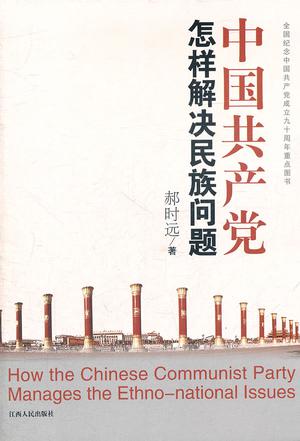
中国共产党怎样解决民族问题
《中国共产党怎样解决民族问题》,本书包括把握历史国情构建统一国家、践行民族平等原则实行民族区域自治、立足初级阶段实施西部开发、维护国家统一反对民族分裂、构建和谐社会实现科学发展、中华民族的伟大复兴。 -
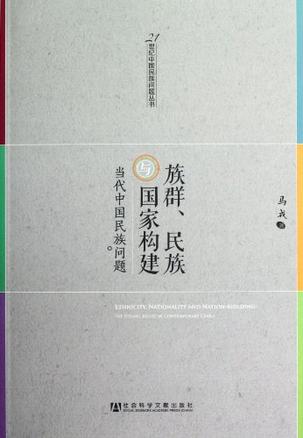
族群、民族与国家构建
《族群、民族与国家构建:当代中国民族问题》讲述改革开放后,民族优惠政策实施中依靠的计划经济体制已基本不存在,无论城乡青年还是大学毕业生都必须通过劳动力市场上的激烈竞争才能就业和获得发展空间,这使民族学校毕业的少数民族大学生、农村青年在就业市场上遇到极大困难。在民族地区自然资源开发中,当地政府和民众在与中央国企和沿海大企业的互动中居于劣势。随着“西部开发”的项目投入,大量东部汉族人口涌进西部民族地区,这些新形势的发展使我们必须对我国民族关系和矛盾协调机制进行反思和调整。努力探讨在21世纪新的国际国内形势下,中国应当如何思考我国的民族理论、制度和政策。我们必须努力探讨在中国民族问题上的理论创新,在此基础上,以实践为标准,进一步探讨中国在民族制度和政策方面的创新。 -
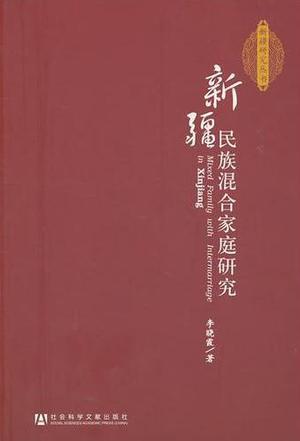
新疆民族混合家庭研究
本书通过对人口普查资料及婚姻登记、户口档案的数量分析,以及对民族混合家庭的实地调查,描述新疆民族混合家庭及族际婚姻的状况,探讨混合家庭的建立、维系、民族认同感的形成、社会身份的确立、多民族文化的交融与冲突等问题。本书提出的文化因素是影响、制约新疆族际通婚和混合家庭形成的最重要因素,不同民族的子女在民族成分的选择上具有实用主义倾向,国家采取的把族际通婚作为个人婚姻权利看待的不干预立场有利于社会稳定等创新观点,具有重要的理论和实践意义。 -
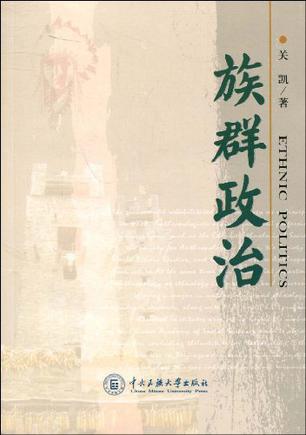
族群政治
《族群政治》讲述了关凯具有远比一般学者更为宽阔深入的国际视野、理论厚度和实际的实践经验。 因此,他积多年的思考和经验,主要从政治学和社会学的理论角度,运用比较研究的方法,以“族群政治”为题撰写本著作,对族群问题的本质进行了十分深入的讨论,使我们更清楚地看到了这个问题的复杂性与结果产生的逻辑过程。其书结合国内外的各种关于民族问题进行的陈述和分析,都与国际学术界相关的各种前沿理论和观点进行了对话,其思路清晰,语言犀利,对各派理论理解准确,分析鞭辟入里。而且他的分析并没有停留于固有的这些理论,还提出了很多个人的见解,给人以启发和更开阔的思索余地。可以看出,作者在族群政治问题上的阐述力图全面完整,这个目标应该说已基本达到,但由于全书篇幅之限制却影响了在一些较重要问题上的进一步深入探讨。 我们希望不久的将来能看到他在这些问题上更进一步的研究成果发表出来。 -
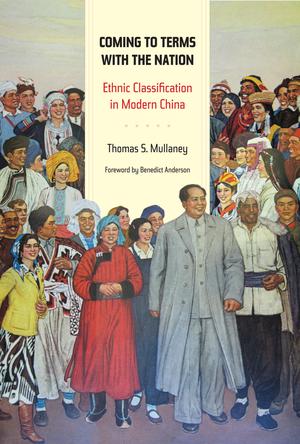
Coming to Terms with the Nation
China is a vast nation comprised of hundreds of distinct ethnic communities, each with its own language, history, and culture. Today the government of China recognizes just 56 ethnic nationalities, or minzu, as groups entitled to representation. This controversial new book recounts the history of the most sweeping attempt to sort and categorize the nation's enormous population: the 1954 Ethnic Classification project (minzu shibie). Thomas S. Mullaney draws on recently declassified material and extensive oral histories to describe how the communist government, in power less than a decade, launched this process in ethnically diverse Yunnan. Mullaney shows how the government drew on Republican-era scholarship for conceptual and methodological inspiration as it developed a strategy for identifying minzu and how non-Party-member Chinese ethnologists produced a "scientific" survey that would become the basis for a policy on nationalities.